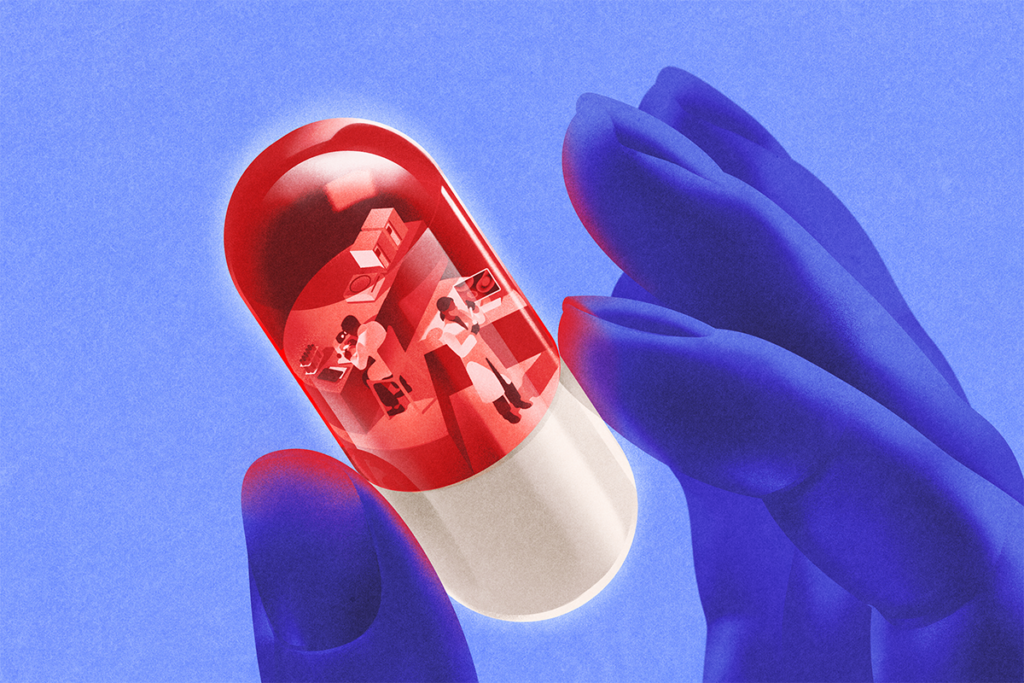This year, the community of autism scientists heralded numerous advances, making it difficult to prune a long list of notable papers to just 10. Our selection, based on input from autism researchers, captures the full spectrum of findings — from molecular biology to large-scale epidemiology.
Here, in reverse chronological order, are the papers that made the cut. All of them changed the way we think about autism and its treatment.
Electrically stimulating a particular circuit in the brain improves learning and memory in a mouse model of Rett syndrome, raising hopes for a treatment in people.
Hao S. et al. Nature 526, 430-434 (2015) PubMed
DNA sequences called enhancers — which boost the expression of genes from within or outside them — are enriched for genetic variants linked to autism.
Yao P. et al. Nat. Neurosci. 18, 1168-1174 (2015) PubMed
Balls of neurons derived from the skin cells of four boys with autism show shared alterations in biology and gene expression.
Mariani J. et al. Cell 162, 375-390 (2015) PubMed
Rare inherited mutations that contribute to autism are primarily passed down from unaffected mothers, consistent with the idea that women are somehow protected from the disorder.
Krumm N. et al. Nat. Genet. 47, 582-588 (2015) PubMed
The genetic makeup of an individual plays much a bigger role than environmental factors in whether he or she develops autism.
Colvert E. et al. JAMA Psychiatry 72, 415-423 (2015) PubMed
Looking in families with a history of severe autism among women, researchers have unearthed 18 new candidate genes for the condition.
Turner T.N. et al. Nature 520, 51-56 (2015) PubMed
The autism gene CHD8 regulates thousands of other genes, many of which are master regulators in their own right.
Cotney J. et al. Nat. Commun. 6, 6404 (2015) PubMed
Small pieces of RNA restore the expression of a key gene missing in Angelman syndrome and offer the promise of a highly specific cure.
Meng L. et al. Nature 518, 409-412 (2014) PubMed
A new study may have solved a decade-old debate about whether the brains of people with autism are more or less connected than those of controls: They’re both, depending on where in the brain you look.
Hahamy A. et al. Nat. Neurosci. 18, 302-309 (2015) PubMed
Dynamic exchanges with a caregiver are a crucial part of any child’s development. In a child with autism, however, this ‘social feedback loop’ might go awry.
Green J. et al. Lancet Psychiatry 2, 133-140 (2015) PubMed
Recommended reading

Among brain changes studied in autism, spotlight shifts to subcortex
Home makeover helps rats better express themselves: Q&A with Raven Hickson and Peter Kind
Explore more from The Transmitter

Frameshift: Shari Wiseman reflects on her pivot from science to publishing

How basic neuroscience has paved the path to new drugs

